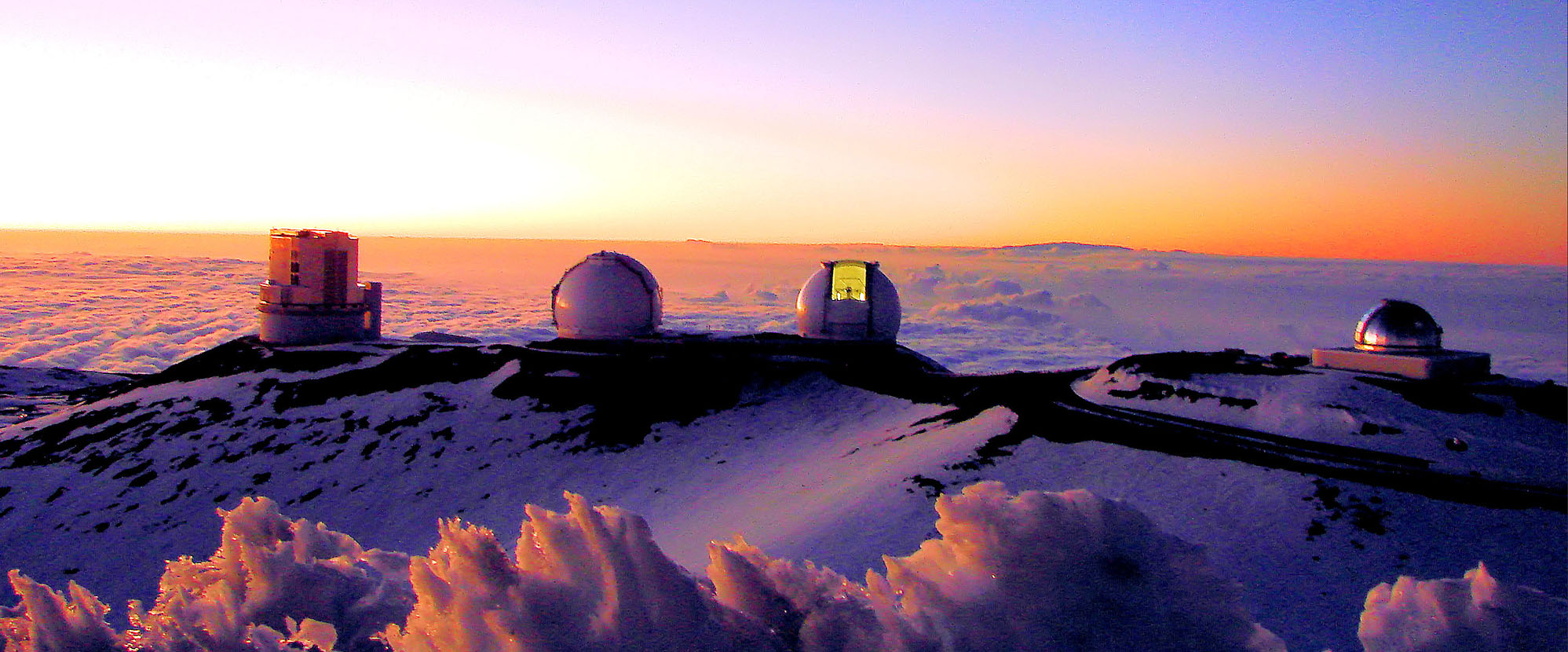About Telescope Workforce Development
ISEE’s Telescope Workforce Initiative is a long-term effort aimed at broadening participation in telescopes and building a diverse and productive workforce. The Institute for Scientist & Engineer Educators (ISEE) has partnered with telescopes for nearly 20 years to develop and manage successful workforce programs. The Telescope Workforce Initiative encompasses these programs and additionally will support national efforts to design and develop workforce development, diversity, and inclusion initiatives for current and future telescopes.
This site highlights ISEE’s programs, activities, and outcomes focused on science, technology, and workforce development for ground-based telescopes and remote sensing facilities.
-
What the Telescope Workforce Is
Telescopes need a workforce – including telescope and instrument builders, scientific users, and operations staff – that includes a wide range of scientific and technical fields. During design and construction, many different kinds of engineers are involved, and scientists establish and update the science case throughout this phase. When telescopes move into operations the majority of STEM personnel are engineers, technicians, computer programmers and information technologists, as well as support astronomers. Telescopes use specialized instruments that are built by teams of engineers, working in collaboration with scientists who define the scientific need. Scientific discoveries are made by astronomers and physicists who typically hold academic positions at universities, and though are not employed by telescopes, can be considered part of the telescopes workforce. Scientific users need be prepared to maximize the scientific output of telescopes using the suite of instruments that give telescopes their capabilities.
-
Challenges to Telescope Workforce Development
There is an ongoing need for a diverse and effective workforce for national telescopes that is representative of the U.S. population and professionally prepared to collaborate in large endeavors with domestic and international partners.
Telescopes have a range of workforce development challenges, some overlapping with national challenges in STEM workforce development, and some more unique to telescopes. Throughout the U.S. STEM fields do not tap into the full diversity of the population and have many barriers to overcome to make STEM more inclusive. The fields that make up the telescope workforce have made little progress in broadening participation to underrepresented groups. Ground-based telescopes face an additional challenge in developing a local workforce for telescope operations. Telescopes are located in remote locations within small communities. Finally, today’s telescopes need large, international partnerships, requiring collaboration across cultures and large geographic distances.
In addition to challenges employing the full breadth of the U.S. population and international partners, there are national challenges for institutional representation. Observing time is precious and defined by partnerships, and tools for data access and analysis are developed to a limited extent, making it difficult for some segments of the astronomy community to engage with telescope resources.
-
ISEE’s Role
ISEE has programs that span the college to professional levels and focus on increasing the diversity of the telescope community. For many years ISEE has partnered with telescopes in Hawaii through the Akamai Workforce Initiative, and now has expanded into international workforce development for the Thirty Meter Telescope International (TMT) Observatory, through the TMT Early-Career Initiative. ISEE is also leveraging our experience in program design, development, and evaluation to develop and disseminate resources and activities for others who are planning new efforts to broaden participation in telescopes.
-
ISEE Partnerships with Telescopes
ISEE partners on workforce development with many telescopes and organizations managing telescopes, including:
-
Thirty Meter Telescope International Observatory
-
Daniel K Inouye Solar Telescope
-
University of California Observatories
-
W.M. Keck Observatory
-
Subaru Telescope
-
Gemini Observatory
-
Air Force Maui Optical and Supercomputing Station
-
Smithsonian Astrophysical Observatory
-
Academia Sinica Institute of Astronomy and Astrophysics
-
Institute for Astronomy
